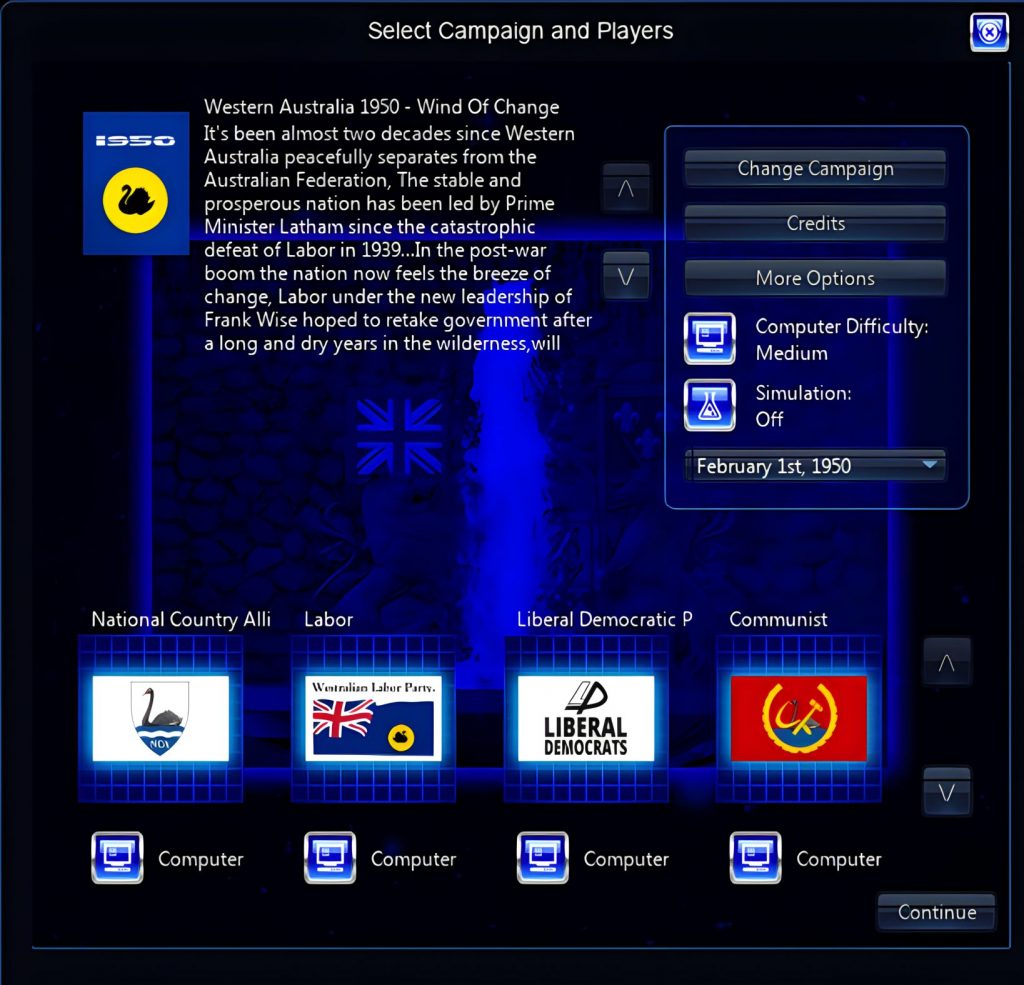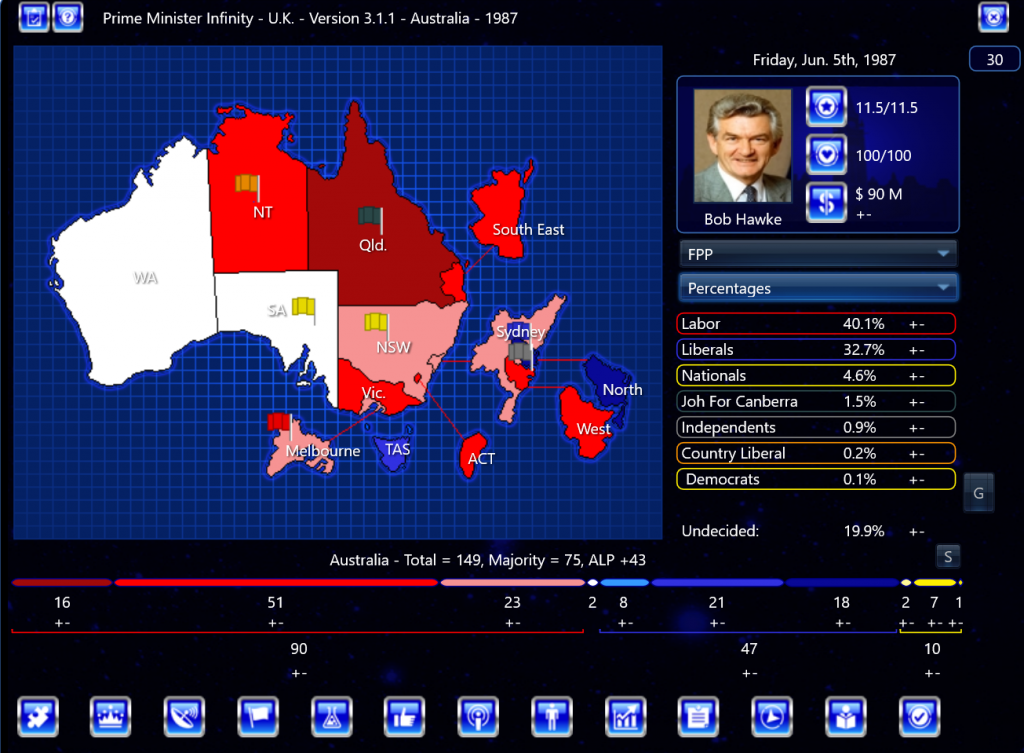This election is set to be one of the most pivotal in recent Australian history. With the nation grappling with the aftermath of a global pandemic, economic uncertainties, and pressing climate concerns, the stakes have never been higher.
The incumbent Liberal-National Coalition, led by Prime Minister Scott Morrison, faces a formidable challenge from the Labor Party under Anthony Albanese,As Australians head to the polls, key issues such as healthcare, education, and energy policy will dominate discussions.
The political landscape is further complicated by the rise of minor parties and independents, who are poised to play a crucial role in the outcome.
Voters are increasingly looking for alternatives that address their specific concerns, making this election a true test of the major parties’ ability to connect with the electorate.
Can Labor end its almost decade-long opposition and usher in a new era of governance, or will the Coalition secure another term, continuing their current policies?












